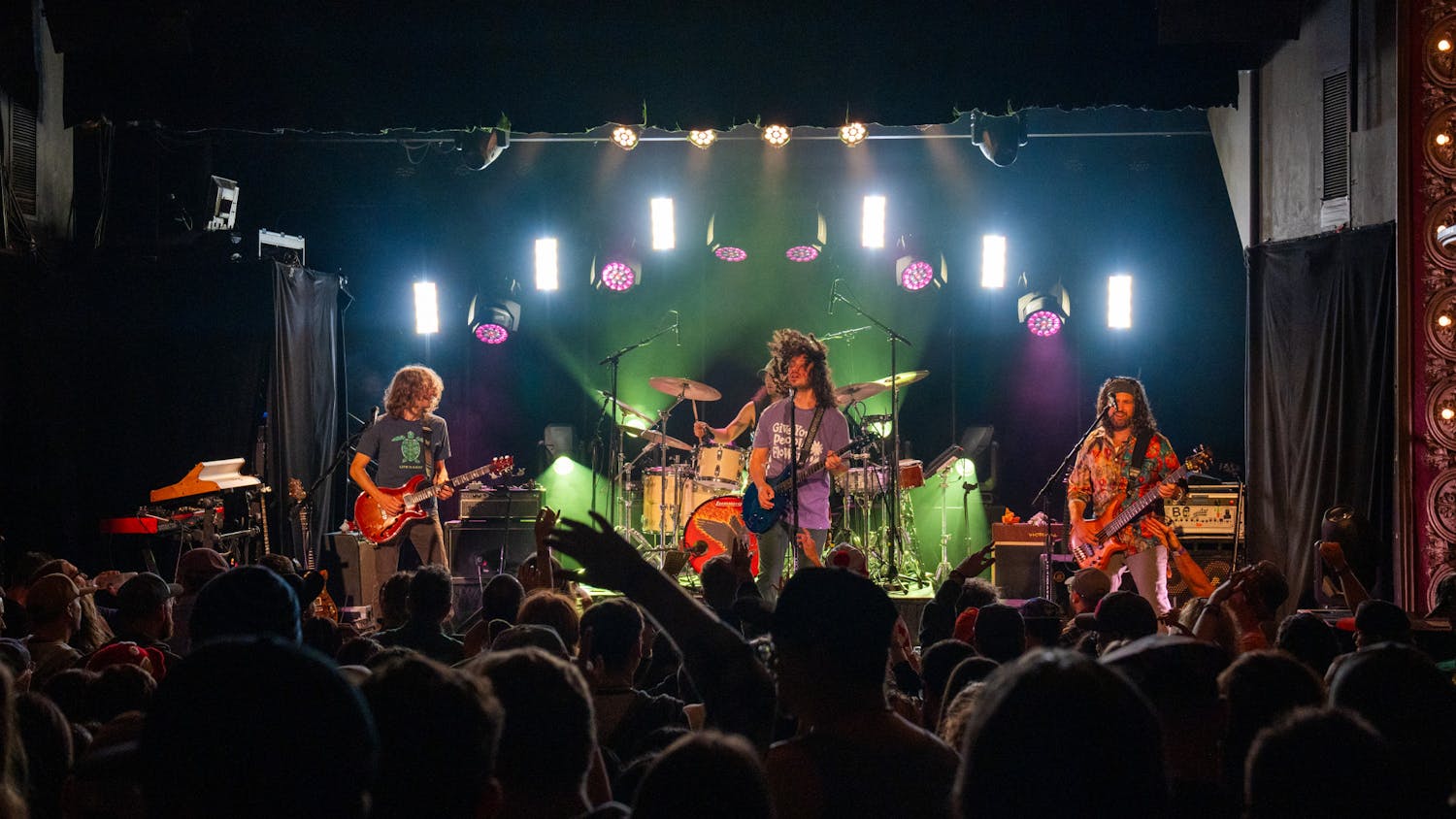Few films have made such ripples in film debate and the entire sci-fi genre as Ridley Scott’s original “Blade Runner” film. It polarized critics and audiences alike at the time of its 1982 release — hailed for its immersive, captivating visual effects but criticized for its pacing and out-there plot. “Blade Runner” is also notorious for its multiple cuts, with Scott having the most creative control on “The Final Cut.” Having only seen the original once, I can’t say I’ve been swept up in the cult following “Blade Runner” has garnered over time, but its visual scope and philosophical themes give it an enigmatic quality that I still find myself being drawn to. On these levels, its sequel, “Blade Runner 2049,” improves, staying true to the story’s roots while expanding on what made “Blade Runner” a classic.
Scott passes off the directorial baton to Denis Villeneuve for “Blade Runner 2049,” which stars Ryan Gosling as Officer K, a blade runner tasked with tracking down and “retiring” older models of replicants — bioengineered androids that resemble human beings. When K comes across a mysterious clue about the past, his investigation leads him to Rick Deckard (Harrison Ford), a blade runner who went missing after the events of the first film. Gosling is the standout, playing K with cool stoicism so riveting that when K’s limits are tested, his outbursts of emotion strike hard. While Ford has a more limited role in the film than I expected, he commits to his 35-year-old role as Deckard, reviving yet another of his classic characters.
Performances across the board fleshed out this world populated by humans and replicants. Jared Leto now seems to be synonymous with weird, creepy character portrayals, so naturally he does well as Niander Wallace, a replicant manufacturer who equates himself to a god. Ana de Armas humanizes her character Joi, a hologram with whom K is in a relationship. Sylvia Hoeks also provides depth to her portrayal of Luv, one of Wallace’s replicants. There are also a few cameos that offer a nice nod to the original film, propelling the story forward without pandering to the audience.
Perhaps the real stars of the film though are Villeneuve and cinematographer Roger Deakins. I view Villeneuve as a modern-day Hitchcock, masterfully commanding suspense and ramping up tension from scene to scene. This style comes across in many of Villeneuve’s narratives; he goes for a “slow burn” effect, pointedly taking the time to set up his characters and immerse the audience back into this pre-established world. While the pacing does slow down in parts — the film’s runtime is a lengthy 163 minutes — the visual aspect of this film alone is enough to want to keep watching.
This brings us to Deakins. “Blade Runner 2049” marks Deakins’ third collaboration with Villeneuve, having previously worked on “Prisoners” and “Sicario,” and I think this is some of the best he’s ever shot. Guided by Villeneuve, Deakins captures a world that feels real, striking and sometimes unsettling. Every single frame in this film is jaw-droppingly beautiful, from character closeups to sweeping landscapes to emphatic cut-ins. The compositions also take inspiration from Kubrick, emphasizing spatial depth and symmetry. I would be shocked if Deakins doesn’t see some accolades come Oscar season.
The reason that “Blade Runner 2049” surpasses its predecessor in my eyes is because it improves on and dives more deeply into what makes the original a staple in the sci-fi genre. The characters, visuals and themes in “Blade Runner 2049” provoke questions of what it means to be “human.” However, in fleshing out this world, Villeneuve asks us to dig deeper by making the comparisons between humans and replicants more explicit. One of the characters makes the comment that, “To be born is to have a soul,” and I think this statement provides the driving theme of “Blade Runner 2049.” The whole concept behind “retiring” a replicant presumes that these “machines” are without life, without a soul, so what blade runners do to them isn’t considered murder. But if these replicants can show emotion — as the characters in the film display — perhaps that means they can feel, think and choose autonomously like a human does.
While I don’t think viewers need to see the original “Blade Runner” to understand this film, “Blade Runner 2049” provides more nuance and depth to the story. Villeneuve, much like Scott in 1982, leaves us with these questions by the end of “Blade Runner 2049,” but I think he does so in a way that makes viewing this film more accessible than the original. These themes, combined with mesmerizing cinematography and well-developed characters, make “Blade Runner 2049” a must-see for people who want to see the craft and precision of filmmaking on full display.






